
Content marketing or inbound marketing is powerful. It can help you create useful, compelling, and informative content to attract, engage and retain your target audience.
In other words, investing in content marketing resources and a strong content marketing strategy is key to helping your business thrive.
In this article, you’ll learn six tips to follow when you invest in content marketing resources for brand visibility and customer engagement.
Let’s get started!
Effortlessly export your Google Docs to WordPress with just 1-click.
Get Started Today
Content marketing resources are the publications, digital assets, marketing tools and platforms, and human resources you need to create and promote your content. Here are some examples of content marketing resources in each category.
Publications
Digital assets
Marketing tools and platforms
Human resources
When you invest in content marketing resources, you can create and promote well-crafted, engaging, and optimized content.
With 70 million new blog posts published monthly, some investment is necessary to ensure content marketing success.
Before you invest in content marketing resources, it’s crucial to determine your content marketing goals. When you clarify your content marketing goals, you know what content to create to reach those goals. You’ll also know what resources you need to create your content in the first place.
The objective of marketing content is to boost sales. But you must break that main goal into smaller goals to be effective. Here are other smaller content marketing goals you might want to consider:
You essentially use your content to guide your leads through a sales funnel. The ultimate goal is a conversion. We’ll talk more about the funnel later.
Content marketing resources are essential for any company doing business in today’s digital landscape. Here are tips to follow when investing in content marketing resources:
Invest in high-quality content creation. Valuable content can help you attract more visitors. Great content can also help you nudge potential customers through the sales funnel.
The image below illustrates the three parts of the sales funnel and the content you should develop per stage.
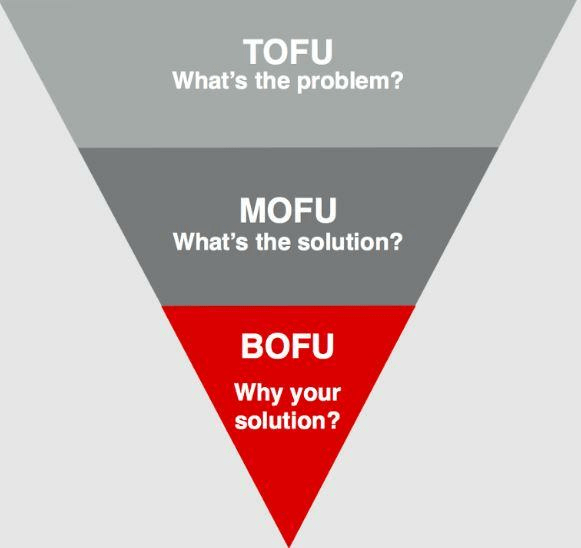
The top of the funnel (ToFu) is where you educate new leads on a problem they may have. Some types of content for this stage include blog posts, social media posts, videos, and podcasts.
In the middle (MoFu), you want to capture people’s contact details. E-books, checklists, email marketing sequences, and other downloadables can help you get the data.
The bottom of the funnel (BoFu) is about creating knowledge bases, tutorials, and customer stories. These will delight your existing customers and keep them coming back for more.
Let’s look at some real-life examples:
L’Oréal published a blog post on dry hair treatments. So, users searching for dry hair tips will find the article below. Among other tips, the post also mentions some brand solutions. The blog post is an example of ToFu content.

But the brand doesn’t just rely on its ToFu content. It recognizes that some leads already know what the problem is. They just need to know what the solution to that problem is.
So, for leads in MoFu, the brand created an AR tool called Modiface. It allows users to try different makeup and hair colors virtually.
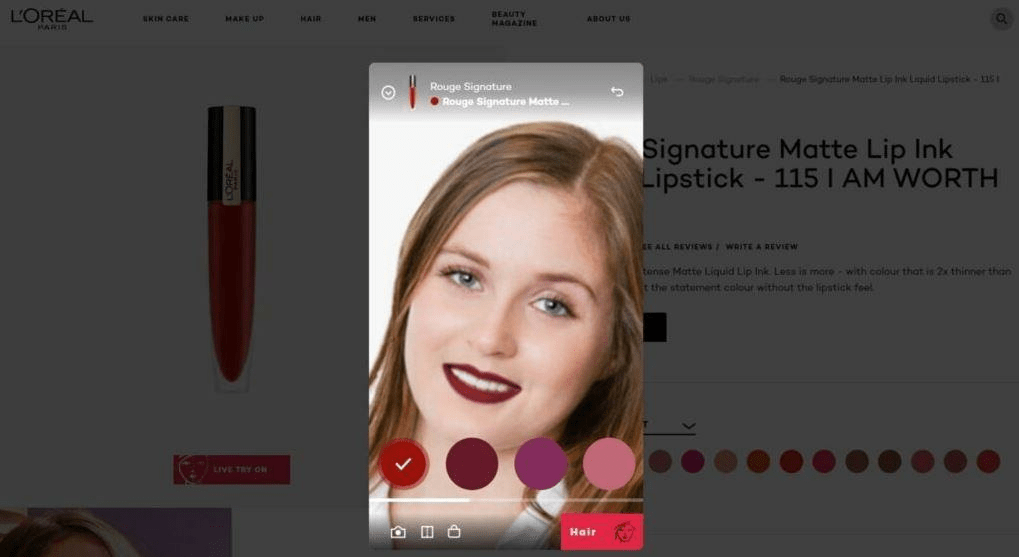
To convince the unconvinced at the bottom of the sales funnel, L’Oréal employs user-generated content. You’ll find a lot of this UGC on its Instagram feed. The UGC acts as social proof. Once they see other people satisfied with the product, they’re more likely to purchase.
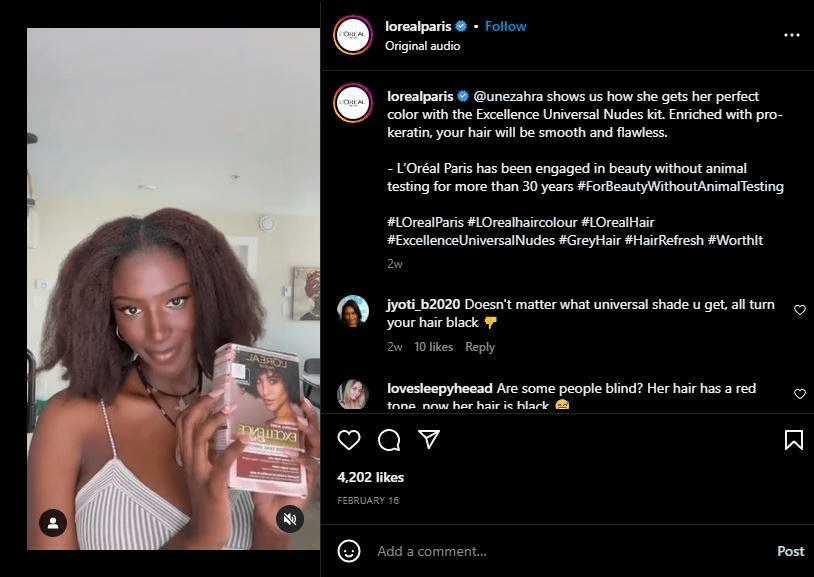
Investing in high-quality content doesn’t just mean investing in the content itself. It also means investing in resources that produce high-quality content.
Design tools like Canva can help marketers create visuals. Meanwhile, a content generator like Ask Writer can help you in the writing process. This free AI writing tool can turn simple prompts into compelling content for your social media, website, and even sales emails.
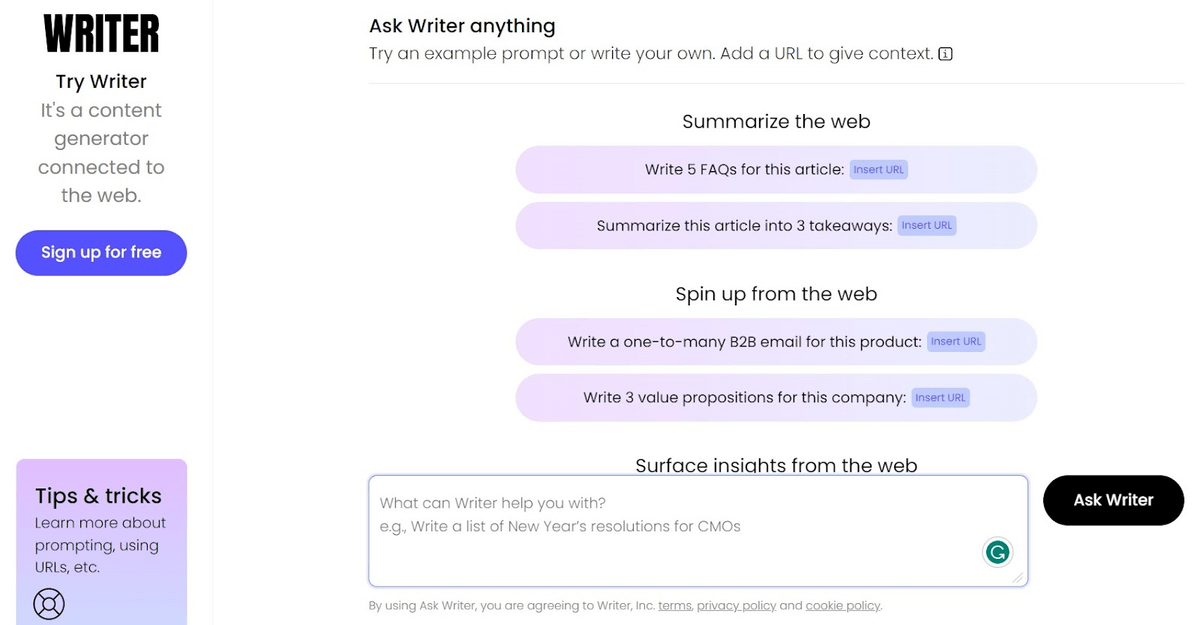
Make it a habit to create engaging and relevant content regularly. You’ll increase your brand awareness by doing this. Your content marketing efforts will also pay off as you’ll increase organic traffic and improve conversion rates.
Once you’ve created high-quality content, it’s time to invest in content distribution. It enables content creators to reach their target audiences and build trust.
But before we discuss how you should invest in content marketing resources, let’s talk about your typical content distribution channels first.
The main content distribution channels include owned, earned, and paid channels. The illustration below shows how the three overlap. Notice how you can combine them to maximize reach.
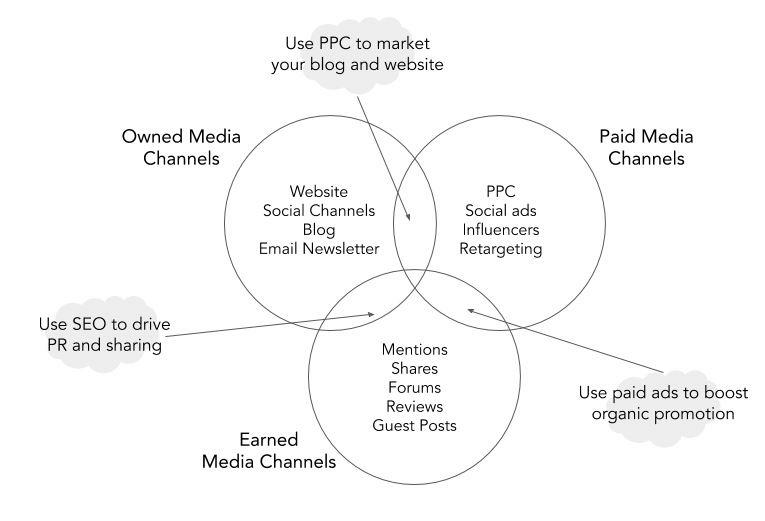
Owned media are the channels owned by your company. An example of a business-owned platform is your website. With a website, you’re in control of your published content. An email list is another obvious example of owned media.
Earned media channels involve others sharing your content. Think guest posts, podcasts, and QA platforms.
Paid media channels like pay-per-click (PPC) advertising require payment for content distribution.
So, the question is this: What content distribution channels should you invest in?
Most modern brands use all distribution channels. That makes sense because it helps them reach the audiences on each platform.
New Balance is a brand that invests in multiple media channels. Note its website (owned media) below.
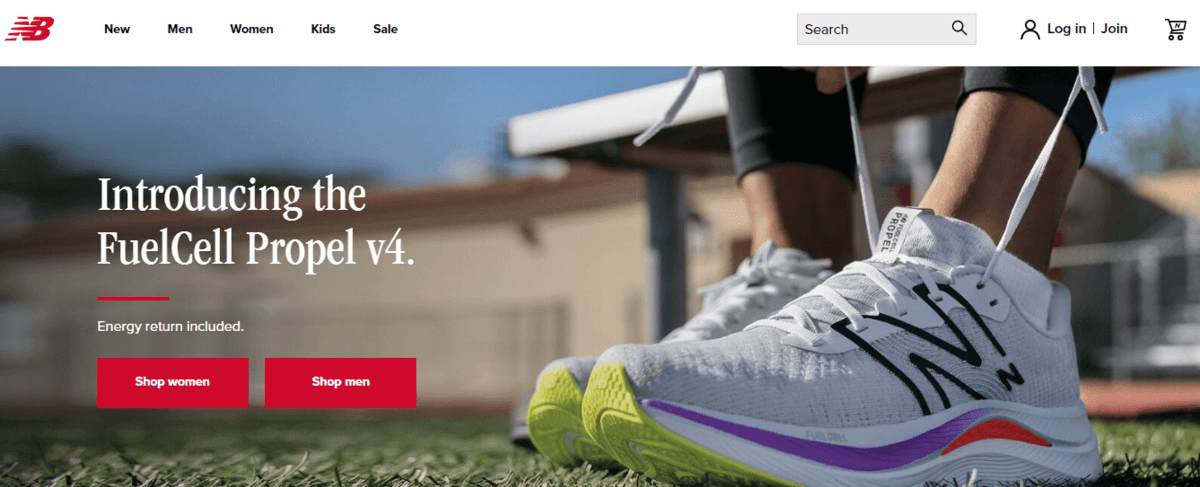

Here’s an excerpt from an article on a New Balance product release (earned media).

Here’s a sponsored post from the brand (paid media).

Paid advertising is the only channel that requires a regular, substantial investment. The prices for this vary. On Facebook, for instance, expect to pay $0.94 per click for 1,000 impressions. Meanwhile, Instagram’s cost per click ranges from $0.40 to $0.70.
Owned media requires an upfront investment. After all, you first need a website in order to post content on it and drive traffic to it.
Fortunately, with website builders like Appy Pie Website, Wix, and Ionos, you can create your own from convenient templates. Some of them, like Wix, offer free trials. Others give special offers (Ionos, for instance, charges from $1 a month for a period) for access to their features. So experiment and see which tool is the best fit.
Of course, you can always ask a website developer to help you. But be prepared to pay a premium rate of at least $60 per hour for their skills. Give your developer your preferences, and they’ll do the rest.
Search engine optimization (SEO) means making your website and content easily searchable for search engines and valuable for users. The aim is to rank higher in search engine results pages (SERPs). That’s why SEO is a crucial component of content marketing. Investing in SEO can help ensure your content is visible to the right people.
Invest in keyword research and optimization tools, such as SurferSEO and Frase. The tools can help you determine which keywords to include in your content for SEO.
But incorporating keywords isn’t enough. For SEO, you’ll want to get high-authority backlinks as well. You can ask SEO experts like uSERP to help you here. Partnering with an agency gives you flexibility and lets you scale your rankings much faster.
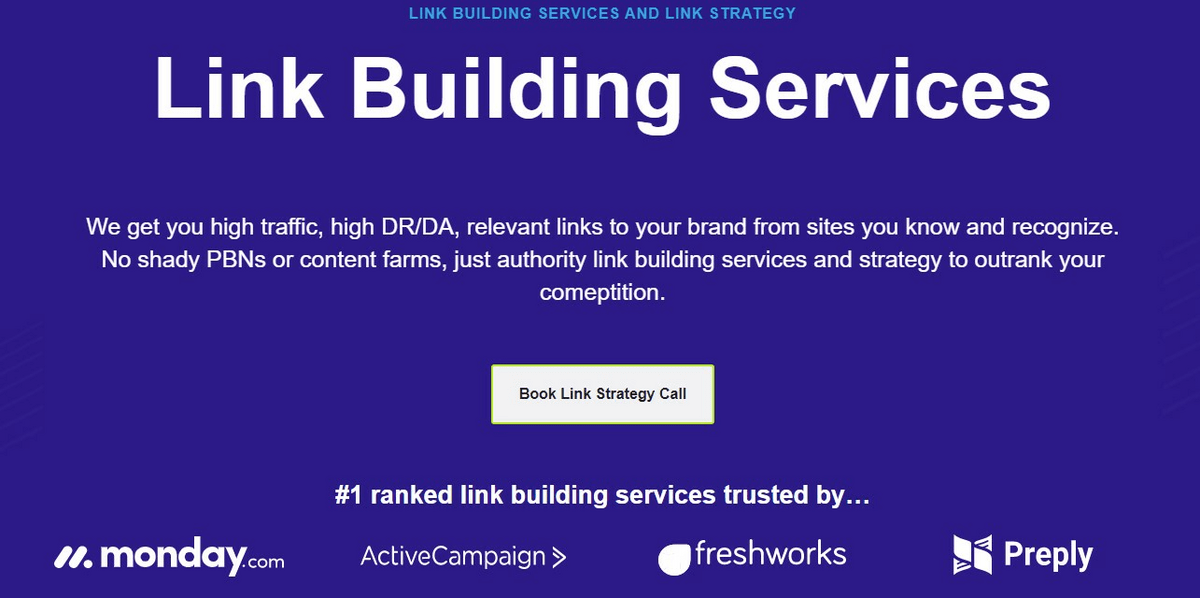
Investing in a technical SEO audit is also a good idea. With the help of SEO audit tools, you can find any technical issues in your site that affect SEO. Broken links, slow page load speed, or display issues make it harder for Google to crawl, index, and rank your site.
You may want to invest in rank tracker tools at this point. These tools can help you monitor the performance of your keywords on search engine results pages. They also provide real-time updates showing whether your SEO efforts are paying off.
Investing in social media marketing can yield many benefits, including increased traffic to your website.

Social media requires a lot of content (and some platforms, like Twitter, also require frequent posting) to get the results you’re looking for (see the Glossier example above). That can be time-consuming.
So, invest in tools that help you schedule content. Quuu, for instance, helps creators with content-sharing on social media.
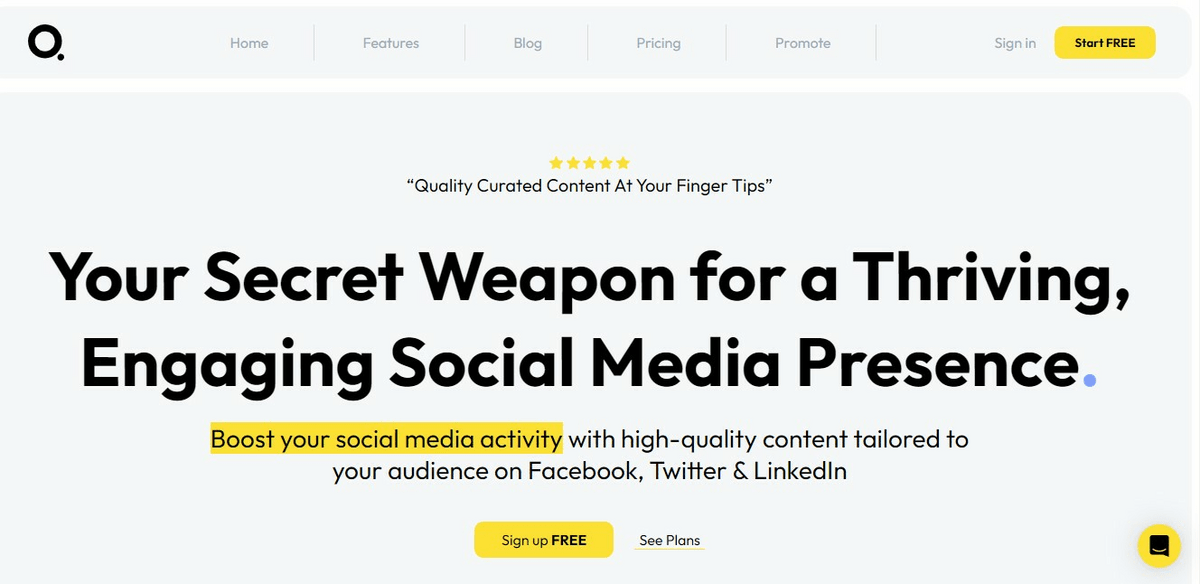
Sendible can help you schedule automated posts on all your social networks.
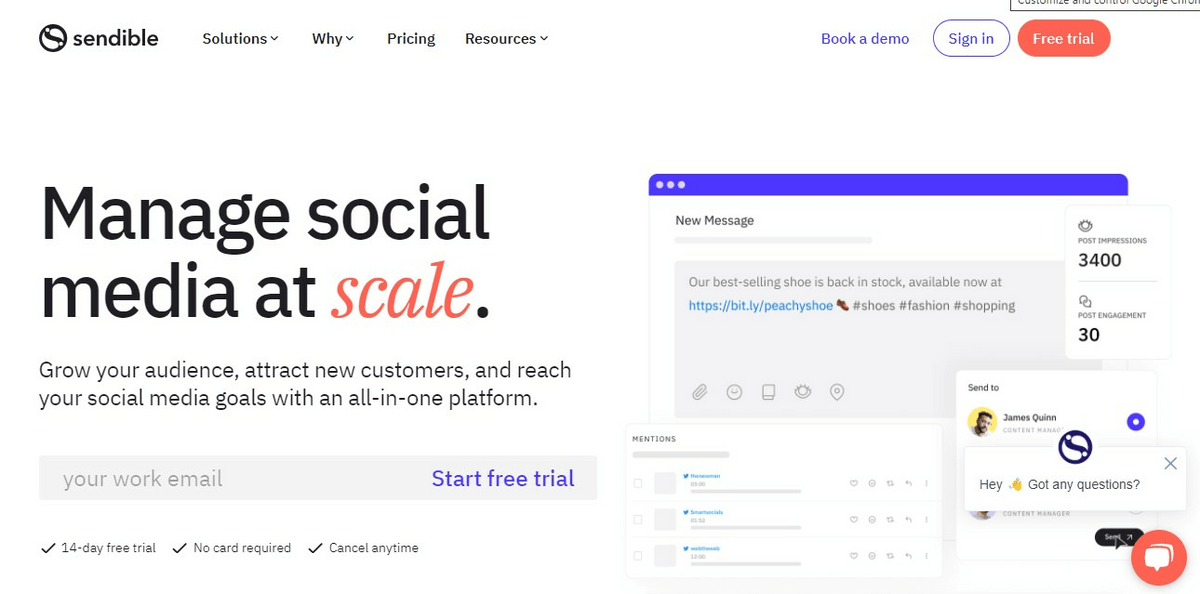
You’ll also need tools to help you manage multiple social media accounts. Hootsuite and Sprout Social are some tools you might want to look into. According to tech.co, social media management tools can cost anywhere from $10 to $600 monthly. However, many of these come with a free trial you can take advantage of.
You’ll also need tools to analyze your social media content’s performance. We’ll discuss this in the next section.
Analytics are key to understanding how your content is performing. Tools like Google Analytics are designed to help you track your content’s performance and determine how to improve it.
Google Analytics can help you analyze the performance of your blog. For example, the traffic report shows you the pages with the most views. You can also gather insights into how long users stay on your site, people’s locations, age, gender, the device used, etc.
The reports also give your direct traffic figures, signs of brand recognition, or repeat visits.
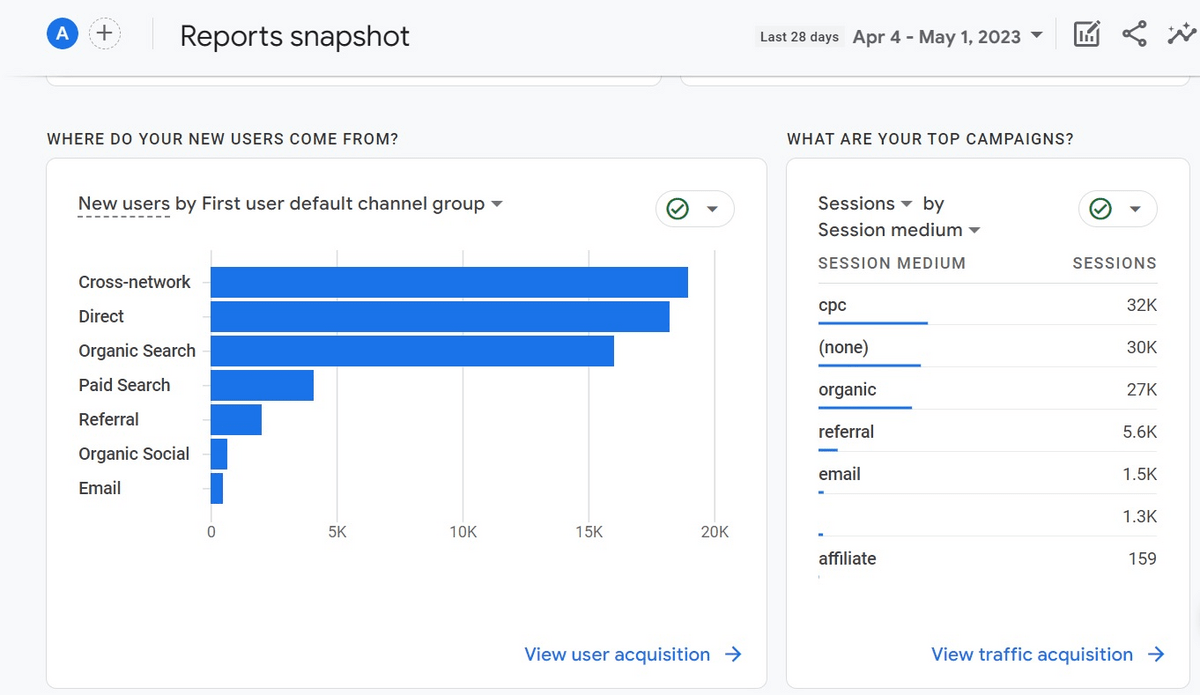
Google offers a paid Google Analytics 360 plan with extensive and unique measurement needs. If your business needs are a good fit for the upgraded offerings, GA360 might be a great investment. It gives you access to advanced tools like unsampled reports, BigQuery Export, and DataDriven Attribution.
You also need social media analytics tools to give you insights into your content performance on social media. These tools can help you measure social media metrics like:
Although all social media platforms offer free analytics tools and reports for business users, investing in more advanced analytics tools is still good. For instance, Buffer, Sprout Social, or Zoho Social can help show your performance across all social media channels.
Here’s an example of a Sprout Social dashboard showing activities across social platforms in one report.
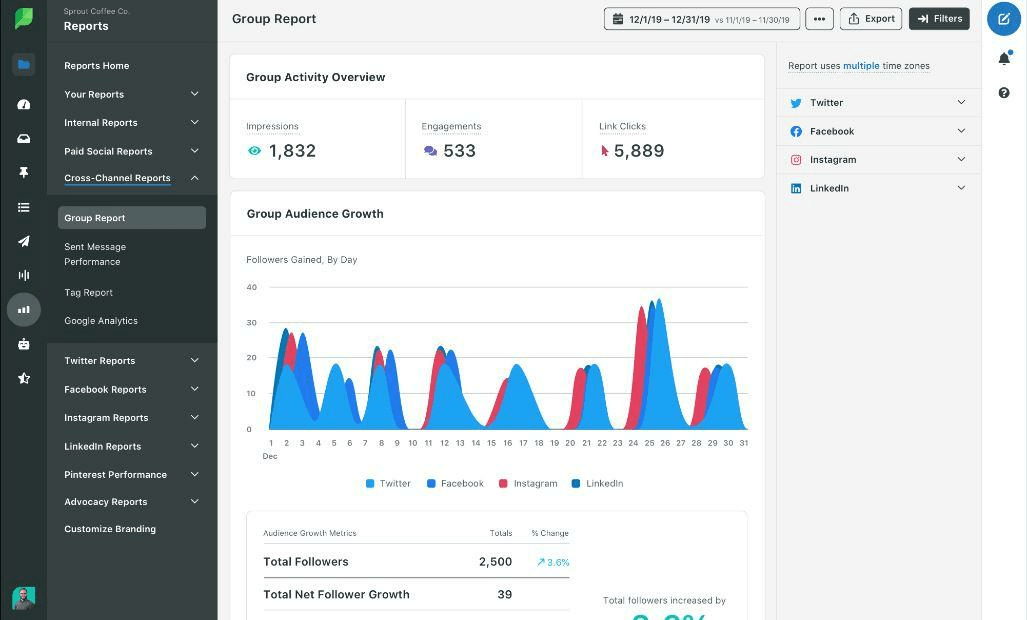
The prices for these tools vary depending on features and the number of channels being tracked. Start a free trial, and decide if the tool is worth its price.
Influencer marketing is a super effective way to reach a large audience quickly. After all, influencers can easily sway their followers’ opinions. Moreover, if they promote your brand, you’re more likely to generate conversions.
Research influencers in your industry and build relationships with them.
Rates for influencer marketing can vary greatly. For example, posting rates start from $10 if nano-influencers publish the content on Instagram. Nano-influencers have up to 10,000 followers.
Meanwhile, mega influencers–or those with over one million followers–will charge you over $10,000 for a single post.
Choose the right influencer when investing in influencer marketing. For instance, if you’re a small brand, it might be best to collaborate with small niche influencers. These influencers typically have a closer bond with their followers.
Big brands often tap nano-influencers. For example, check out some Dunkin’ Donuts posts below by Charli D’Amelio, a popular TikTok creator.
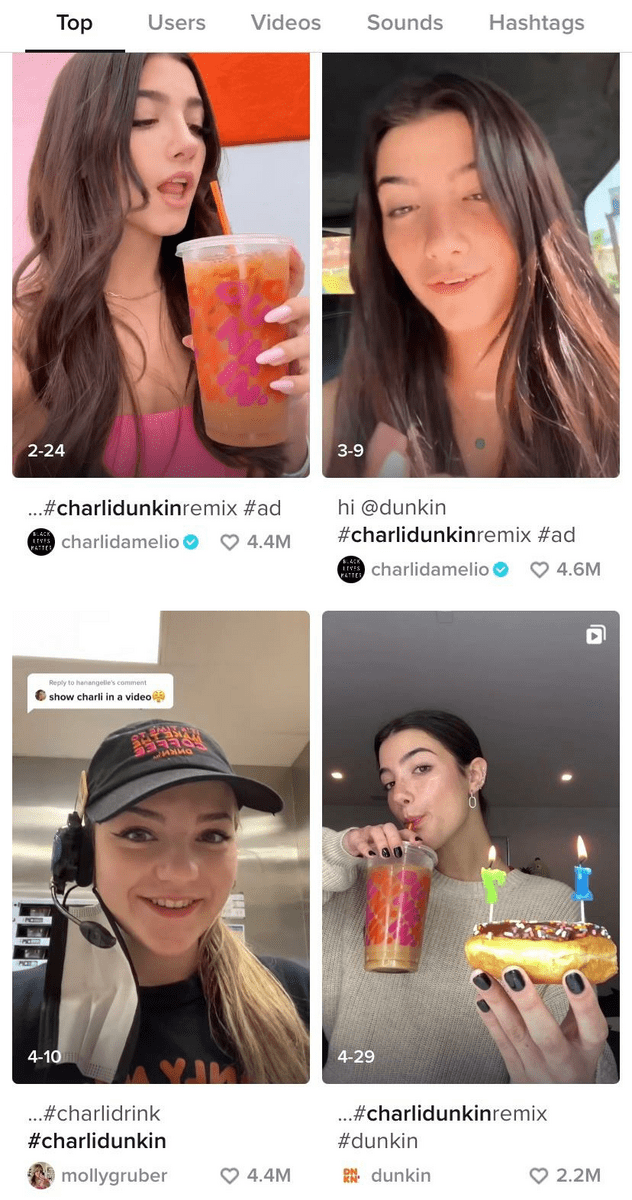
Make sure you collaborate with an influencer in your same niche, too.
Influencers can help you build your brand identity and develop trust with their followers. Since this often leads to increased sales and revenue, influencer marketing may be a smart move for your business.
Investing in content marketing will take your business to the next level. From brand awareness to conversion, content marketing meets your customers at every stage of your marketing funnel and nurtures them to the next.
If you haven’t taken advantage of the resources we discussed in this article yet, we hope we’ve convinced you to give them a shot. You’ll be glad you did.